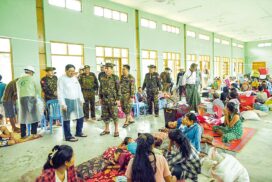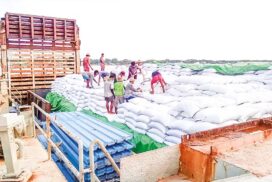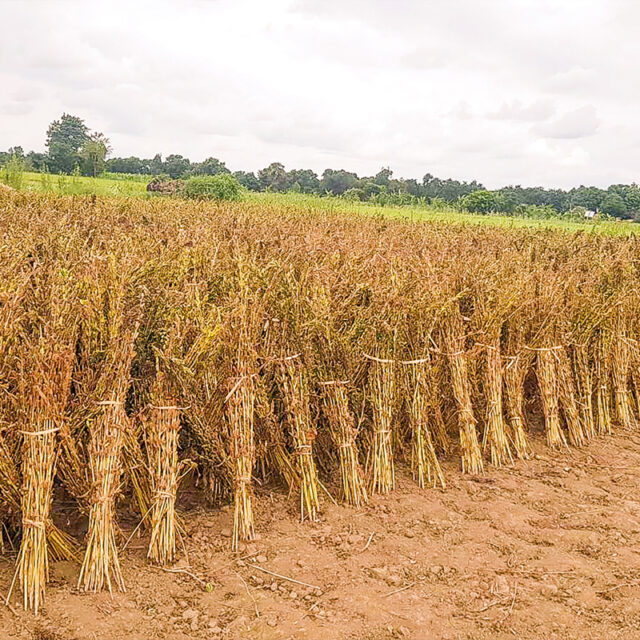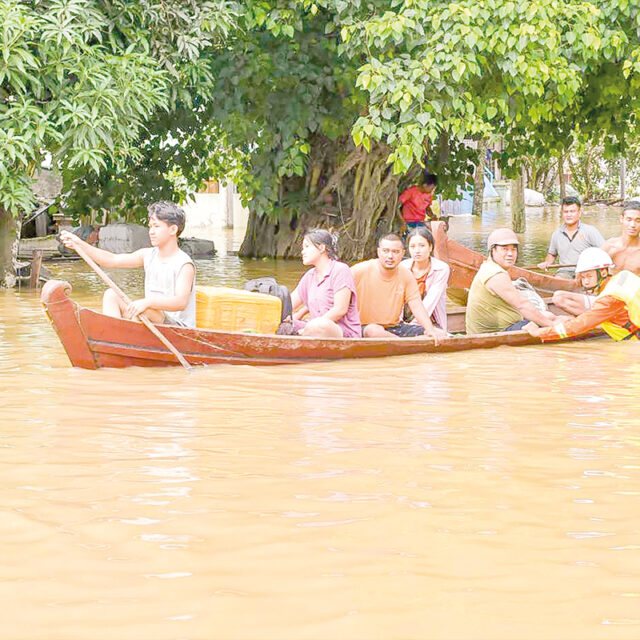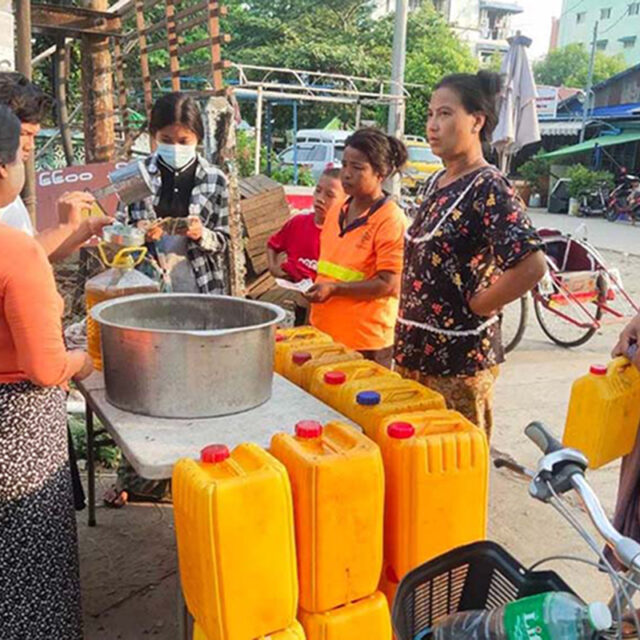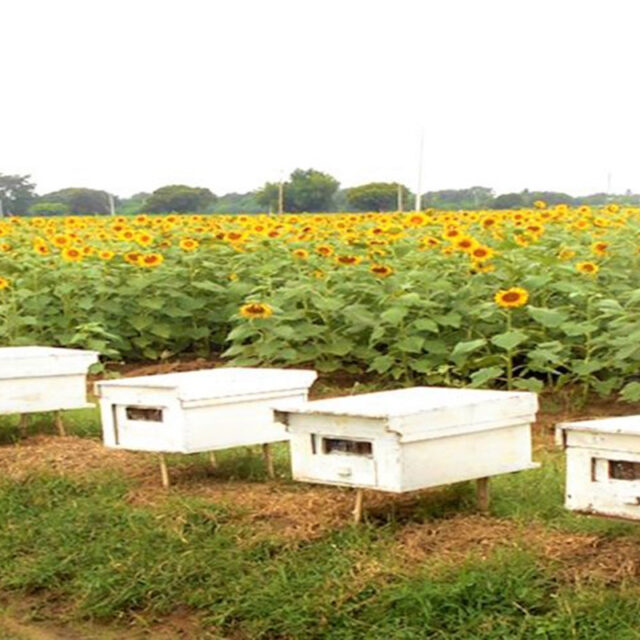The Department of Meteorology and Hydrology recently warned residents in Shwegu, Bhamo, Katha, Phaungpyin, Mawlaik, Mogaung, Myitkyina, Khamti, and Homalin townships to be cautious of water overflow from the Ayeyawady and Chindwin rivers, as well as Nanyin and Nankaung creeks. Globally, people are facing impacts of severe climate challenges, including heatwaves, droughts, and storms.
In 2024, Afghanistan, Brazil, Indonesia, Kenya, Oman, UAE, and many other countries experienced devastating floods, rendering thousands homeless and causing significant property damage; even the governments of these countries conducted proper management to defy the natural disasters.
In fact, emergency response to disasters, especially flooding, is of great importance. Hence, local authorities and people need to join hands in rehabilitation and reconstruction so that society can normalize the daily routine of the people through the collaborative efforts of charity organizations, social organizations, and security forces. If so, society will successfully overcome the challenges of natural disasters with proper management of rescue, relief, and rehabilitation for all in order to minimize loss and damage to property and the casualties of people as much as possible.
The World Meteorology Organization (WMO) of the United Nations reported a significant increase in natural disasters over the past fifty years, resulting in substantial economic losses. From 1970 to 2021, severe climatic conditions and flooding have led to 11,778 natural disasters. United Nations surveys indicate that 74 per cent of natural disasters between 2001 and 2018 were water-related, with over 2 billion people affected by flooding from 1998 to 2017.
Myanmar, located in a disaster-prone area, frequently faces various natural disasters. Besides fires, floods and inundations cause the second-largest losses. From June to October every year, many parts of the country experience river overflows and flooding due to monsoon winds and heavy rains.
Despite current flooding in some regions, water levels in rivers and creeks are expected to recede soon. The most crucial phase after flooding is rehabilitation. Authorities must prioritize search and rescue operations during disasters and adapt their relief and rehabilitation measures afterwards. Without proper disaster preparedness and management, communities will suffer significant loss and damage.
The rising trend of natural disasters worldwide, exacerbated by climate change, necessitates a robust focus on rescue, relief, and rehabilitation. Effective disaster management, including timely warnings, efficient rescue operations, and comprehensive rehabilitation strategies, is vital to mitigate the impact of such events on affected communities.
In fact, emergency response to disasters, especially flooding, is of great importance. Hence, local authorities and people need to join hands in rehabilitation and reconstruction so that society can normalize the daily routine of the people through the collaborative efforts of charity organizations, social organizations, and security forces. If so, society will successfully overcome the challenges of natural disasters with proper management of rescue, relief, and rehabilitation for all in order to minimize loss and damage to property and the casualties of people as much as possible.


